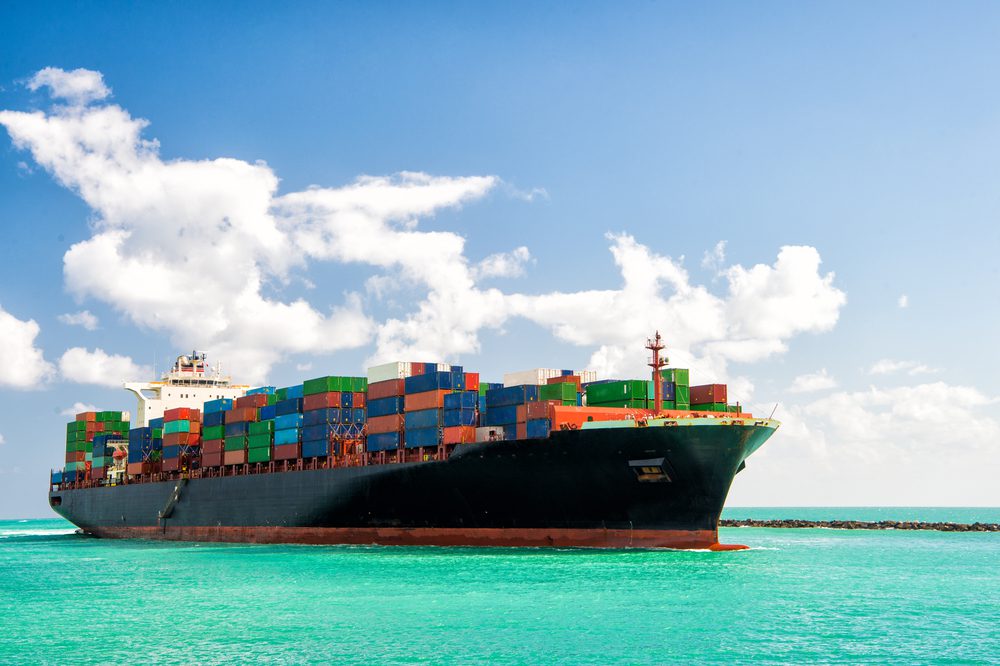Just dance / Shutterstock
By The Editors (Bloomberg Opinion) — Shipping is the lifeblood of global commerce — more than 80 percent of world trade goes by water. But the industry is also an environmental menace, producing as much carbon dioxide annually as Germany.
The International Maritime Organization has helpfully called for ships to produce about 85 percent less sulfur by the end of next year, and to halve their total greenhouse-gas emissions by 2050.
The shipping industry is properly responding with various obvious strategies: emissions-scrubber systems, slower operating speeds, and the use of cleaner-burning fuels, including liquefied natural gas. These are essential steps — yet not adequate. To meet the 2050 target, shippers will need to try alternative sources of energy.
To begin they’ll need to invest in developing complimentary sail and solar power. Energy storage is needed, too, to take advantage of these intermittent power sources. Other technologies needing further experimentation include zero-emission hydrogen fuel cells and biofuels, which can be made of everything from leftover cooking oil to algae.
Not all improvements need to be highly technological or hugely expensive. One practical idea is to remove the barnacles that attach themselves to ships’ hulls. The drag this creates can increase a vessel’s fuel consumption by as much as 20 to 40 percent. Several new technologies can do the job: chemicals that repel the mollusks; polymers and Teflon-like coatings that make it harder for them to attach themselves; and underwater drones that scrub them away without needing to put the ship in drydock.
Another easy improvement known as cold ironing stems from the days of coal-powered fleets: When ships are being unloaded at a port, they use electricity supplied from the shore rather than their own power systems. California already has cold-ironing requirements at its commercial ports. Other states and nations should follow its example.
And then there is, literally, the nuclear option. The idea of fitting commercial craft with nuclear reactors isn’t actually new: in the late 1950s, the U.S. government funded the building of the Savannah, which served as both a cargo carrier and passenger liner for a decade; Russia’s nuclear-powered container ship Sevmorput, launched in the 1980s, is still in service.
It’s still possible that the advantages of nuclear — no emissions and tremendous speed — can eventually overcome the additional costs involved with developing the technology and protecting against catastrophic accidents or terrorist theft.
None of these strategies can work alone, and some may turn out not to work at all. But the shipping companies, shipbuilders and nations whose economies depend on them are going to need to get more inventive — 2050 is coming faster than they think.
© 2018 Bloomberg L.P

 Join The Club
Join The Club











